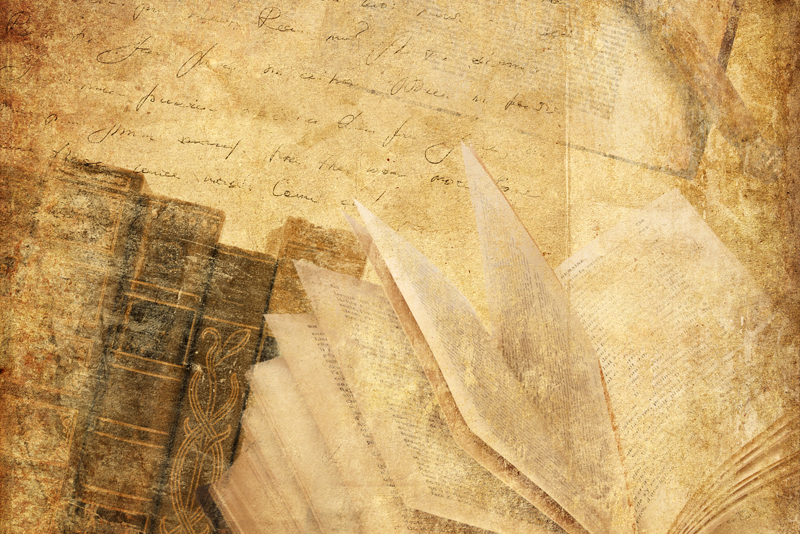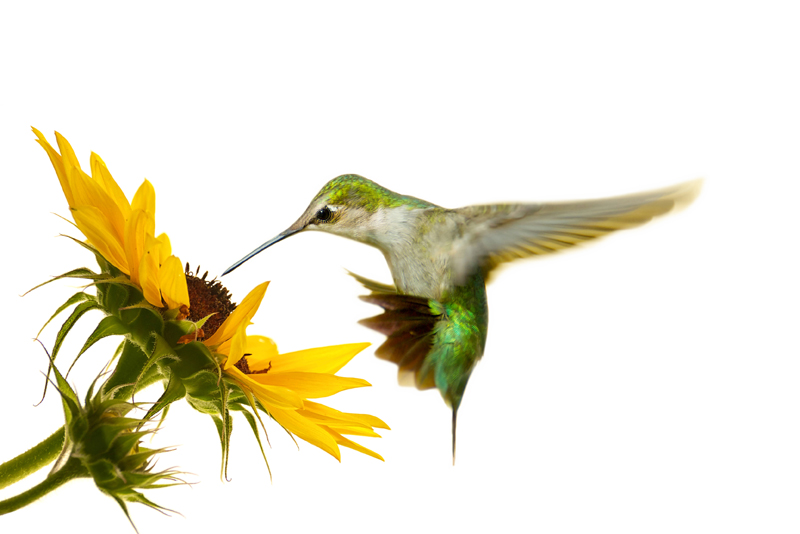Sewing with Plaids

Sewing with plaids need not be frustrating at all. Simple matching of horizontal and vertical lines at every seam opening - side seams and the front notch on the arm scythe, for any patch pockets, pocket flaps, and welts, plus pinning and hand basting every seam, every time, ensures great results. If the standard plaid matching seems somewhat restraining, then using a bias placement for pockets, pocket flaps and any small details will add visual interest.
Things to consider when working with plaids:
Extra yardage will be needed in order to match the plaid’s design when laying the pattern tissue on the fabric. Use the "with nap" pattern layout. Plaids are either balanced with a symmetrical repeat of the stripes and colors, or unbalanced with an asymmetrical repeat of the stripes and colors.
Look for a pattern with minimal seaming. Avoid princess seaming. Some patterns will state "not suitable for plaids".
Cut each pattern piece on a single layer of fabric, remembering to turn the pattern tissue over for the matching piece if the pattern says “cut 2” or if the pattern piece is to be placed on a fold line, e.g. center back bodice, neck facing, or skirt front, then redraw the other side of the pattern piece so that one whole pattern piece can be placed flat on a single layer of the plaid fabric.
Note: match plaids at the seam line, not the pattern edges. Watch for any horizontal darts in the pattern piece as they can unmatch your carefully matched pieces. A horizontal dart will draw up the fabric on a side seam, so start matching your plaid fabric at that point beneath the dart.
For the surest matching of horizontal and vertical plaid lines when machine sewing use an even-feed (known also as dual-feed or walking) presser foot for your machine or machine sew at a slower than usual speed while holding the layers of fabric both in front of and behind the feed dogs to ensure the fabric pieces feed as evenly as possible under the machine needle.
Areas where it is not necessary to match plaids:
It is not necessary or practical to match plaids for the cuffs on the end of sleeves, a yoke on a shirt back or front, or front bands that contain buttonholes. A note on patch pockets – to match the plaid or not really is a matter of preference however, it is visually appealing when the pocket nicely blends with the plaid design of the body of a shirt or coat.
Plaids are among the most recognizable of fabrics the world over. Interestingly, tartan plaids may be the only cloth to have a traceable registered pedigree. Visit any number of online websites for an interesting historical record of all known tartans, currently numbering over 3,000 designs.
Sew happy, sew inspired.
Things to consider when working with plaids:
Extra yardage will be needed in order to match the plaid’s design when laying the pattern tissue on the fabric. Use the "with nap" pattern layout. Plaids are either balanced with a symmetrical repeat of the stripes and colors, or unbalanced with an asymmetrical repeat of the stripes and colors.
Look for a pattern with minimal seaming. Avoid princess seaming. Some patterns will state "not suitable for plaids".
Cut each pattern piece on a single layer of fabric, remembering to turn the pattern tissue over for the matching piece if the pattern says “cut 2” or if the pattern piece is to be placed on a fold line, e.g. center back bodice, neck facing, or skirt front, then redraw the other side of the pattern piece so that one whole pattern piece can be placed flat on a single layer of the plaid fabric.
Note: match plaids at the seam line, not the pattern edges. Watch for any horizontal darts in the pattern piece as they can unmatch your carefully matched pieces. A horizontal dart will draw up the fabric on a side seam, so start matching your plaid fabric at that point beneath the dart.
For the surest matching of horizontal and vertical plaid lines when machine sewing use an even-feed (known also as dual-feed or walking) presser foot for your machine or machine sew at a slower than usual speed while holding the layers of fabric both in front of and behind the feed dogs to ensure the fabric pieces feed as evenly as possible under the machine needle.
Areas where it is not necessary to match plaids:
It is not necessary or practical to match plaids for the cuffs on the end of sleeves, a yoke on a shirt back or front, or front bands that contain buttonholes. A note on patch pockets – to match the plaid or not really is a matter of preference however, it is visually appealing when the pocket nicely blends with the plaid design of the body of a shirt or coat.
Plaids are among the most recognizable of fabrics the world over. Interestingly, tartan plaids may be the only cloth to have a traceable registered pedigree. Visit any number of online websites for an interesting historical record of all known tartans, currently numbering over 3,000 designs.
Sew happy, sew inspired.

Related Articles
Editor's Picks Articles
Top Ten Articles
Previous Features
Site Map
Content copyright © 2023 by Cheryl Ellex. All rights reserved.
This content was written by Cheryl Ellex. If you wish to use this content in any manner, you need written permission. Contact Cheryl Ellex for details.







